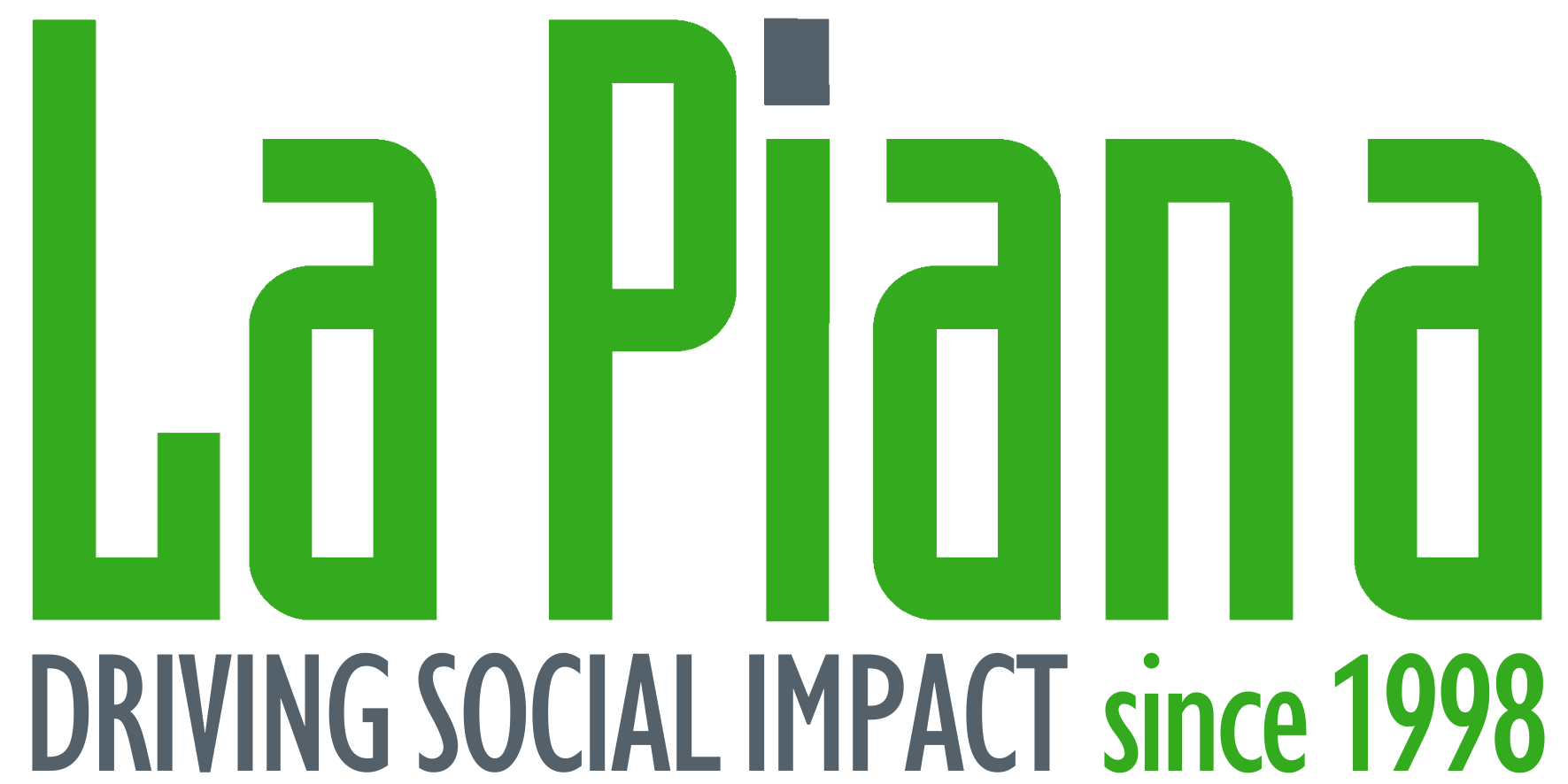E.D. Notes for the Field: Managing Amid Chaos
Whether you lead a grassroots organization, a local affiliate of a national organization, or a multinational NGO, you face three critical questions that must be answered both strategically and operationally. That is, you must choose a path forward in answering each question and then you must put in motion the actions that will bring it to fruition.
Across the U.S. and the world, the current state of White House-driven chaos makes this process infinitely more difficult, but the questions remain, flashing in red. Rain or shine, economic boom or bust, Racial Reckoning or a Racist Reckoning — how you answer these questions will comprise the essence of your leadership.
The questions are:
- How can we best advance our mission?
- What do our board, staff, and volunteers need to get us there?
- How are we going to pay for it?
Under “normal” circumstances (remember normal?) these questions are tough, and the answers most often are far from obvious. Every mission can be approached in myriad different ways, requiring different types and levels of resources, with different expected outcomes. Adding to the complexity, every nonprofit operates in a constantly changing environment where new entrants pose threats, economic fluctuations impact both demand and the resources available to meet it, employee expectations of the workplace evolve, and the need itself morphs. Take 350.org, for example, founded in 2008 by Bill McKibben to prevent the world from exceeding 350 parts per million (ppm) of atmospheric carbon dioxide. In 2025, we’re clocking 425 ppm and counting. As on so many other fronts, the battle continues but conditions on the battlefield can quickly change.
Strategic planning is the process of answering these questions. While a variety of approaches are available, the end result is making decisions you can invest time and money in because you believe they are the best options before you. The challenge is made worse by our current chaotic environment because strategic planning decisions are usually based on some level of predictability. A recession may increase demands on your food bank just as your donors are tightening their belts; or a global pandemic may disrupt your symphony’s work, culture, and business model — but you probably have not planned for a federal contract to be cancelled and payment withheld after you began doing the work, or for the keynote speaker at your conference to be denied entry to the U.S because of a social media post critical of some government policy, or for your clients to be snatched off the street in broad daylight by masked men and whisked off to an unknown detention center owned by a hedge fund.
Both the speed and depravity of the Administration’s actions take our breath away. And still, the three questions remain — how do you address them amid a state of chaos where solid ground is elusive?
I suggest four key steps you can take now:
-
- Sense-making. A key role of leadership is to help the organization make sense of its world. You do this as the organization’s principal boundary-spanner. You straddle the organization and the larger world and probably have the best grasp of what is going on in each. Bring that home and share it. This is not normal. Call it what it is. You’ve managed through economic downturns, hostile governments, a global pandemic, and ever-increasing staff demands. But this is different. Say this to your board, staff, donors, and anyone who will listen. The challenges your organization faces are just a symptom of the challenges our nation faces. Put it in context.
- Scenario Mapping. Consider the range of possible scenarios you will face in the coming months and plan for steps to take now to strengthen the organization. Beyond those steps that make sense in any future, consider the three most likely scenarios you will face and plan for steps to take in each. Having a game plan ready when chaos reaches your door will enable faster, smarter action. See this primer on Scenario Mapping.
- Be Proactive. In any future scenario, those who move first often have an advantage. Don’t delay in taking those actions you identify as favorable in any future. For example, reduce non-essential spending, remove that unproductive employee you’ve been avoiding having the difficult conversation with, assess and possibly enhance your liquidity through your reserves and any investments, renew your board’s excitement for the mission, and reach out to funders if only to remind them you are still here, doing the work they believe in as much as you do.
- Communicate Clearly and Often. Beyond these concrete steps, remember that everyone is watching you. The board wants to know your plan, the staff wants to know if you are confident of keeping the ship (and their jobs) afloat, colleague organizations are wondering what their peers are doing, and funders want to know how to help.
My last piece of advice is to dig deep, look at yourself, ask why you got into this work in the first place, what drives you today, and how you want to look back at this moment of chaos in five years. As a coaching client recently told me, when I asked why she agreed to accept a CEO role in this chaotic time, “At some point my kids are going to grow up and ask me what I did during this crisis. I want to have an answer.”


Comment section